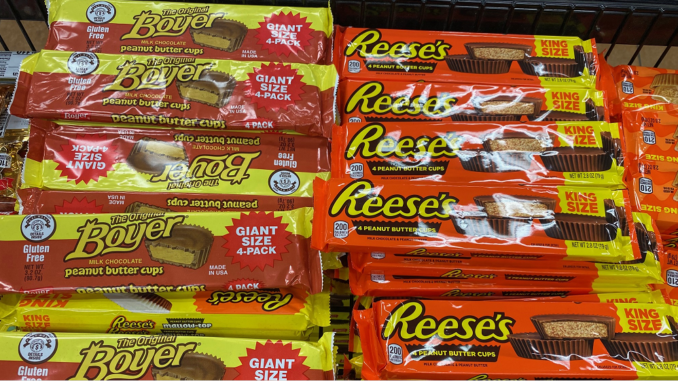
The state of Pennsylvania is home to many dairy farms — lotsa cows. In fact the states with the largest current milk production are California, Wisconsin, Idaho, Texas, New York, Michigan, Minnesota and Pennsylvania, in that order. That list has changed in the last 50 years as California, Texas, and other states to the West have been developed — Pennsylvania was much higher on the list 100 years ago.
The Chicago World’s Fair of 1893 changed the world of chocolate making when Milton Hershey — who owned the Lancaster Caramel Company of Lancaster Pennsylvania, which made caramels (not chocolates) — visited the fair. He saw German engineer J. M. Lehmann’s machinery, which took bitter chocolate and turned it into a much sweeter milk chocolate.
The combination of the two facts above has turned Pennsylvania into one of the biggest innovators and producers of milk chocolate the world has known. Today, Pennsylvania leads all US states in chocolate production.
Pennsylvania has been the birthplace of many of the world’s most well-known milk chocolate concoctions — such as the Hershey bar, Hershey Kisses, Reese’s Peanut Butter Cups, the Clark Bar, the 5th Avenue Bar, the Boyer Mallow Cup, and more.
1. Hershey Kicks Off the Milk Chocolate Boom
Milton Hershey was reportedly fascinated with the machinery and blown away by the incredible smell and aroma of the milk chocolate that Lehmann’s machinery was producing at the 1893 Chicago World’s Fair. It is written that Hershey bought the machinery on the spot and had it shipped to his factory in Lancaster, Pennsylvania when the fair closed.
Hershey created the Hershey Chocolate Company the next year — 1894. His original product was Hershey’s Cocoa, sold in a tin.
During the next 6 years, Hershey’s website says that “through lots of trial and error, Hershey successfully re-created the recipe for milk chocolate, which at the time was closely guarded by the Swiss.”
- The Hershey Bar was introduced in 1900.
- Hershey Kisses were introduced in 1907.
- The Hershey Bar with Almonds was introduced in 1908.
- Hershey’s Chocolate Syrup was introduced in 1925.
- The Mr. Goodbar was also introduced in 1925.
- Smores were introduced in 1927.
Hershey’s history continued onward and their product line today includes:
- Rolo
- Kit Kat
- Twizzlers
- Watchamacallit
- Skor
- 5th Avenue Bar (see below)
- York Peppermint Patty
- Mounds Bar
- Almond Joy
- Creme Eggs
- Symphony Bar
- Zagnut
- Milk Duds
- Whoppers
- Heath
- Jolly Rancher
- Pay Day
- Good & Plenty
- Zero
- and more
See Hershey’s timeline here: https://www.hersheyland.com/about/history.html
Today, Hershey’s is one of the biggest chocolate makers in the world — and has chocolate-making facilities all over the world, including facilities still in Hershey and Lancaster, Pennsylvania.
2. The Clark Bar Is Born in Pittsburgh, PA
Hershey’s success spread, and milk chocolate became a massive industry in the United States in the early part of the 1900’s. Many chocolate-making companies sprang up, as people who worked at chocolate-making companies tried their hand at setting up their own shops. My wife’s grandfather famously (in our family history) used to work at Lofts and make his own chocolates in the basement of his home in Brooklyn.
Pennsylvania — being a hotbed of dairy farms — was a natural place for major companies to spring up.
David L. Clark was born in Ireland in 1864 and immigrated to Pittsburgh in the US with his family when he was 8 years old. He became a candy salesman as an adult and also started making candy at home when he was 19. He founded the D L Clark Company in 1886 when he was 22 years old.
Clark introduced the Clark Bar in 1917, taking advantage of a recently-developed approach that allowed a thin milk chocolate shell to surround a non-chocolate filling. The Clark Bar originally included ground peanuts around a caramel ‘center of attraction’.
Clark developed the bar to be sent to troops during World War I, individually wrapped for ease of delivery. How he got that contract is not easily found on the internet. We will continue digging and if we find out will post the info here. Clark passed away in 1939 at age 75.
The Clark Bar became incredibly popular in World War II — the Clark Company was sending 1.5 million bars a day to the US Armed Forces.
The D. L. Clark Company was run as a family business until 1955, when the company was acquired by Beatrice Foods.
Clark Bar Recipe Changed in 1965
Beatrice Foods changed the recipe of the Clark Bar in 1965 to increase the peanut butter content and enhance flavor. The bar was changed to have a crispy peanut butter-spun taffy core covered in chocolate; the caramel center was removed.
The Long & Winding Road of the Clark Bar
- In 1983, Beatrice Foods sold the Clark Bar division to Leaf Candy Company of the Netherlands.
- In 1990, Leaf ended production of the Clark Bar.
- In May, 1991, Pittsburgh-area entrepreneur Michael Carlow purchased D. L. Clark Co. and its remaining brands from Leaf and re-introduced the bar under a new company, the Pittsburgh Food & Beverage Company. However, Carlow got in trouble with the law in a check-kiting scheme and was imprisoned, causing him to relinquish control of the company in 1995. Clark Bar production ceased.
- Leaf foreclosed on a $3 million loan they were still owed by Carlow, and commenced making Clark Bars at their Illinois facility with an altered recipe.
- Later in 1995, Clark’s assets were sold through bankruptcy court to a newly-formed Clark Bar America, Inc. They restarted production in Pittsburgh using the prior, 1965 recipe. However the new company went bankrupt in 1999.
- Necco Corporation bought the recipe and production equipment at bankruptcy for $4.1 million in 1999, and they moved production to their facility in Revere, Massachusetts.
- Necco produced the Clark Bar for almost 20 years until they went bankrupt in 2018.
- In May 2018 the Clark Bar was sold in bankruptcy court to Round Hill Investments LLC, who briefly continued production of the candy bar under a subsidiary called Sweetheart Candy Co. until selling the assets in July 2018 to an undisclosed buyer and closing Necco’s production facility in Revere, Massachusetts.
- The undisclosed buyer was later revealed to be Spangler Candy Company, turned around and sold the rights to The Clark Bar to Boyer Candy Company of Pennsylvania (see below).
3. Reese’s Chocolate Is Born in Hershey, PA
In 1928, H. B. Reese — who was a worker in a Hershey dairy farm in Hershey, Pennsylvania — developed a chocolate cup with a peanut butter filling, and started his own company, the H.B. Reese Candy Company. According to records found on the internet, the cups were created on November 15, 1928.
He used Hershey chocolate and named the confection “Penny Cups” because they could be purchased for a penny. Reese created other products but his Peanut Butter Cups were his most popular candy, causing him to eventually discontinue his other lines.
Hershey Merges with Reese’s
Reese died in 1956, and passed the company on to his six sons: John, Robert, Ed, Harry, Ralph, and Charles Richard Reese. Seven years later, on July 2, 1963, the Reese brothers merged the H. B. Reese Candy Company with the Hershey Chocolate Corporation in a tax-free stock-for-stock merger.
By 1969, Reese’s Peanut Butter Cups became The Hershey Company’s top seller. Hershey lists this major event on their company timeline — making it seem to the unknowing eye that the Reese’s Peanut Butter Cup was invented in 1963 — but that is actually the date of the merger.
4. Boyer Chocolates Is Born in Altoona, PA
Meanwhile, during the Great Depression, brothers Bill and Bob Boyer of Altoona, Pennsylvania began making chocolates in their family kitchen. Their mother and sister hand-wrapped the candy as Bill finished making it. Bob sold the candy door to door to help the family make ends meet.
Controversy: The First Cup Candy?
According to Stuckey’s, “As the demand for their candy grew, the Boyer brothers would often try making innovative varieties of candy to sell. One of those experiments included covering marshmallow with chocolate; however, they kept finding that the marshmallow remained too soft. Emily, their sister, offered a solution: Why not try using cupcake paper to hold everything in place? Emily’s idea worked perfectly, and it was on that day that the Mallo Cup became the world’s first cup candy.”
The Mallow Cup is a cup-shaped chocolate with a whipped marshmallow cream center.
The Depression started in October 1929 so it would seem the Mallow Cup came after the Reese’s Cup, if the 1928 date is certain — but it is possible the Boyer’s started making and selling their candy just before the Depression.
In 1936, the Boyer’s moved production out of their home to a manufacturing facility and also introduced Peanut Butter Cups and Smoothie (Butterscotch) Cups to their cup candy line. The Smoothie Cup has a peanut butter fill but is coated in butterscotch instead of chocolate.
The Boyer Mallow Cup, Peanut Butter Cup, and Smoothie, and the Reese’s Peanut Butter Cup all have the same shape. The Boyer Peanut Butter Cup (pictured below) tastes just like the Reese’s Peanut Butter Cup.
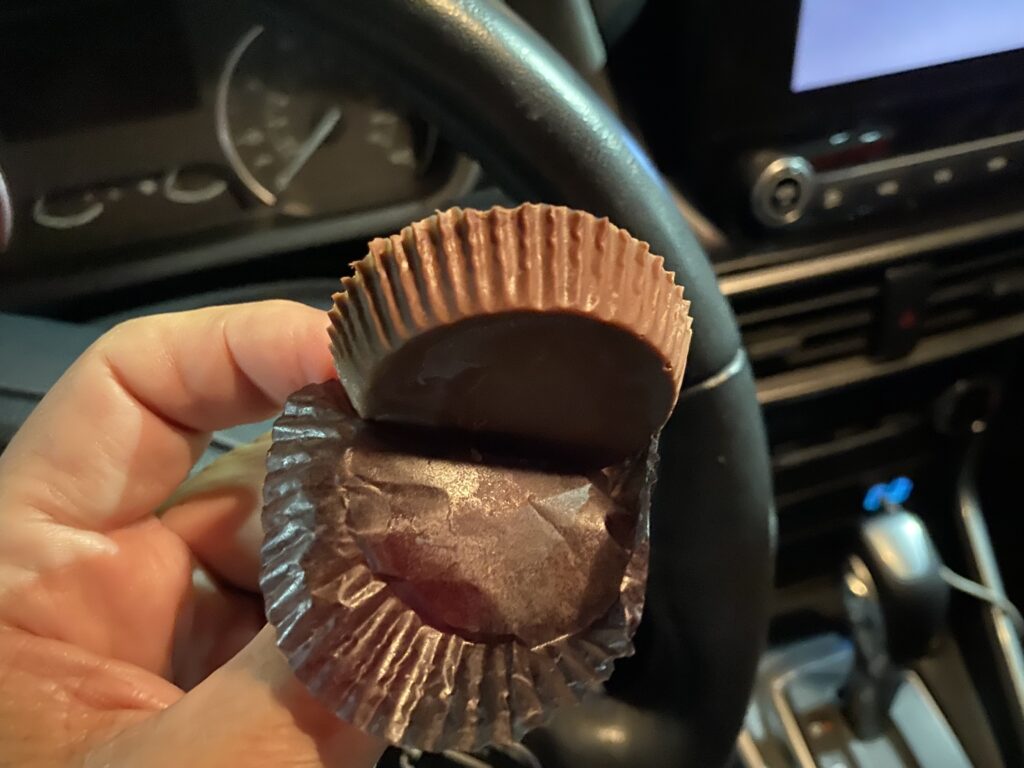
More controversy: Boyer calls their Peanut Butter Cup, “The Original Boyer Peanut Butter Cup”.
What does that mean? At first glance it seems they are saying they invented the Peanut Butter Cup — but on second glance it is saying they originated the cup — the Original Boyer cup.
Boyer “Play Money”
Around that same time circa 1936, Boyer started a program of pointing point cards as a base cardboard for their candy bars and cups, allowing purchasers to collect points and send them in for prizes such as a Mallow Cup t-shirt, or coffee mug, etc.
That practices continues to this day. Boyer has a store on their website on which you can use Play Money to buy items (or pay via credit card).
Now –Bazooka Joe were doing this for years with their bubble gum as well so maybe there is controversy as to who came first here as well.
Over the course of 2 years I bought enough Mallow Bars, Boyer’s Peanut Butter Cups, and Smoothies to collect over 1,300 points. I sent 1,250 points in for a T-Shirt.
More Boyer Company History
In 1969, Bill and Bob Boyer retired and sold the family-owned business to American Maize Products. The corporate headquarters moved to NYC.
In 1984, American Maize Products sold the company to Consolidated Brands, and Anthony Forgoine, who founded Consolidated Brands, became the president of the company. He moved the headquarters back to Altoona, Pennsylvania.
Forgoine passed away in 2001, and family friend Roy Mollomo became the new president of the company. However, in 2008, Forgoine’s son — Anthony Forgoine II, petitioned the Florida court that had put Roy Mollomo in charge of the company, and won his petition. Forgoine II became president of the company, with Robert Faith becoming the CEO.
Boyer Saves the Clark Bar
In September 2018, Boyer announced the purchase of the Clark Bar following Necco’s bankruptcy.
They started making the bar at their Altoona location however, they had difficulty reproducing the original (1965 recipe) Clark Bar consistency and shape, as well as some problems with speed of the production machinery for the bar. But they were able to make the raw material for a Clark Cup product — taking misshaped bars ground and mixed with peanut butter for use as cup filling.
Once they production issues were fixed, Boyer relaunched The Clark Bar on February 14, 2020.
Boyer had originally bid on the Clark Bar during the bankruptcy proceedings in the 1990’s that Necco won — so fittingly Boyer finally had the Clark Bar back, and back in Pennsylvania to boot.
Today, you can buy Clark Bars in many stores, especially in the Pennsylvania area, and online here: https://www.boyercandies.com/products/clark-bar
5. The 5th Avenue Bar Is Born in Philadelphia
The 5th Avenue Bar is very similar in make up to the Clark Bar — peanut butter crunch layers covered in milk chocolate. The 5th Avenue Bar was introduced in 1936 by Luden’s in Philadelphia, Pennsylvania. Luden’s is famous for their cough drops; in 1936 Luden’s was a subsidiary of Food Industries of Philadelphia.
In 1986, Hershey Foods Corporation acquired Luden’s brands from the Dietrich Corporation, which had previously acquired Food Industries of Philadelphia. Hershey’s made the 5th Avenue Bar part of their product line.

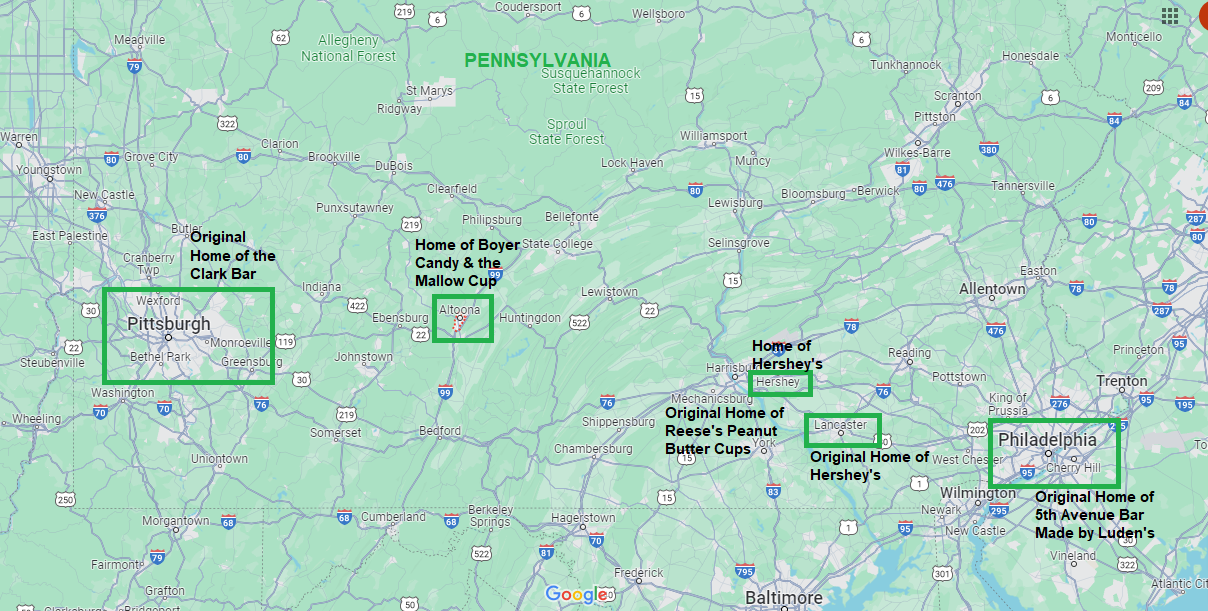
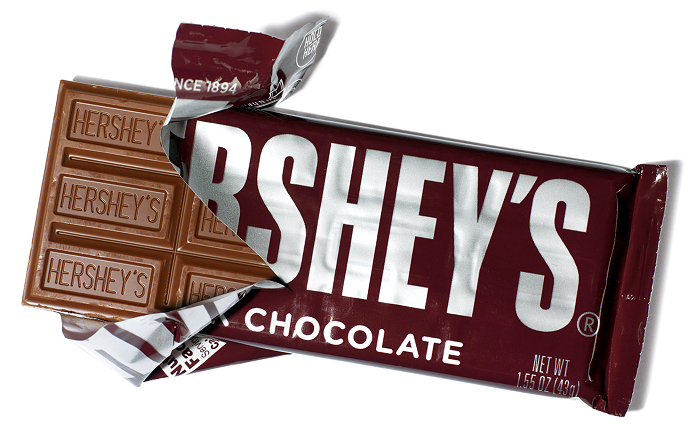
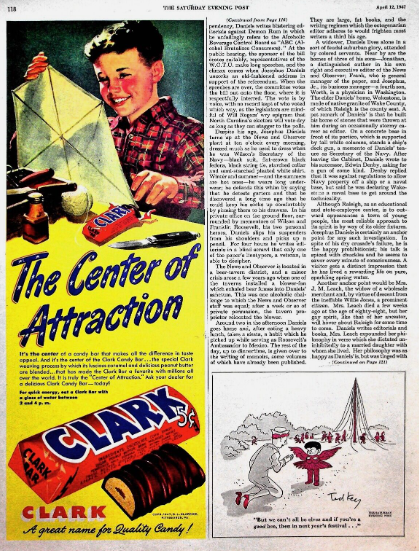
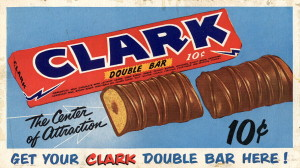
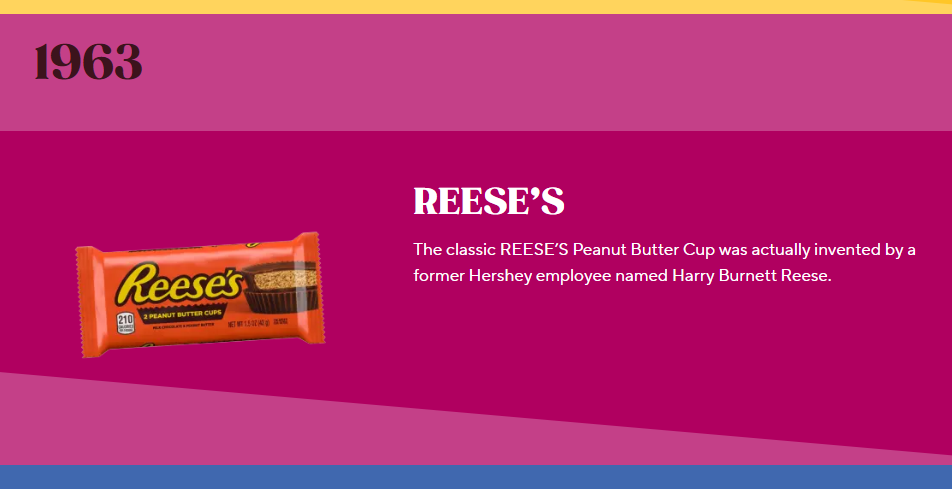
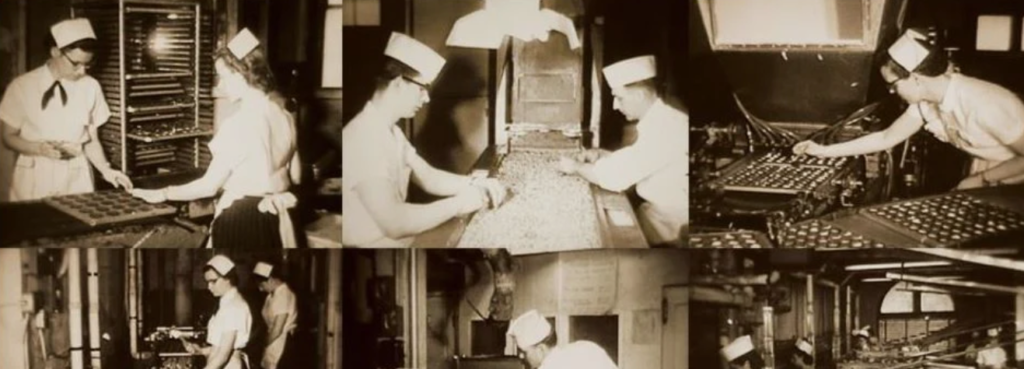
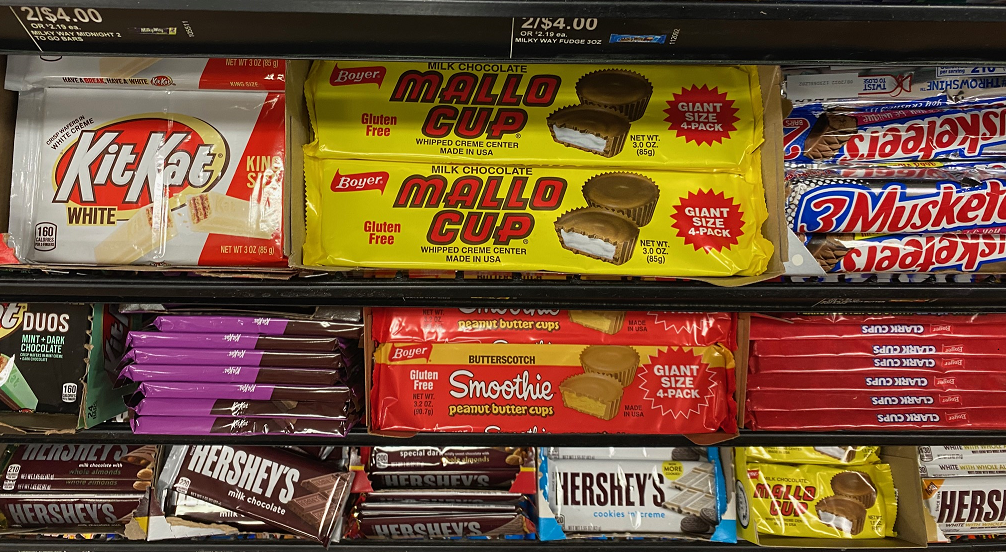
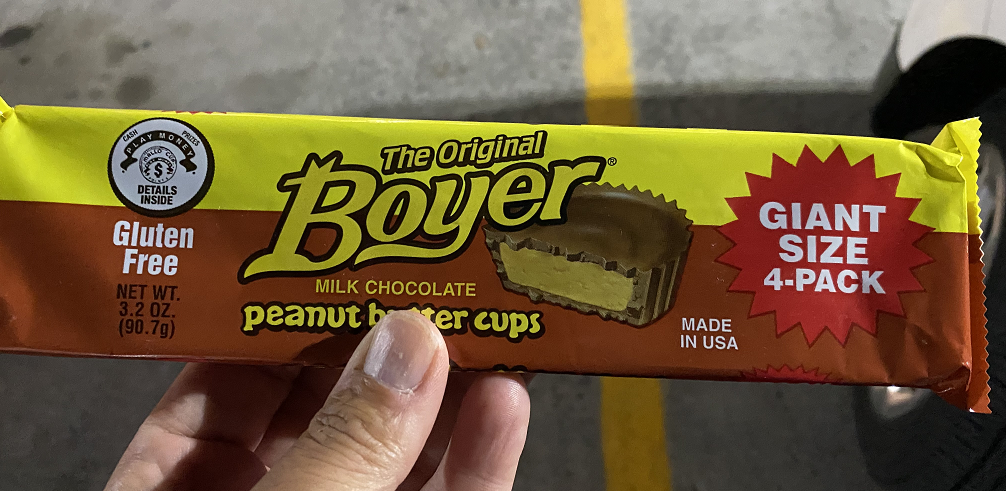
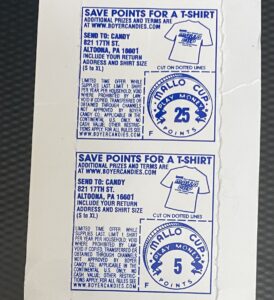
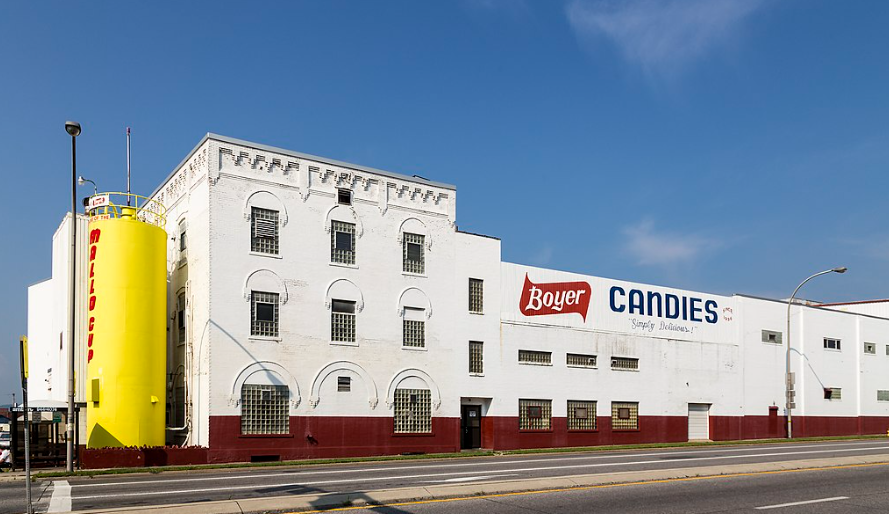
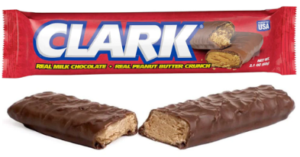
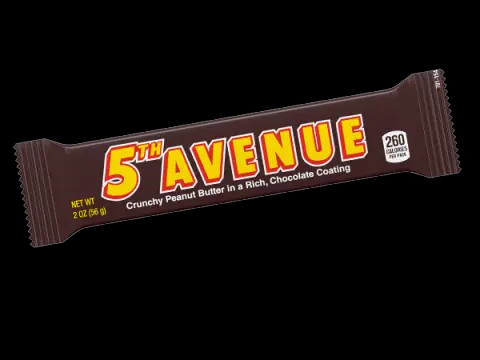
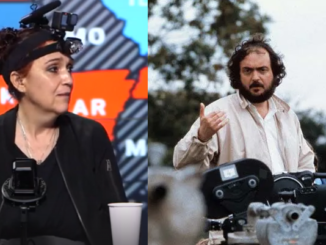
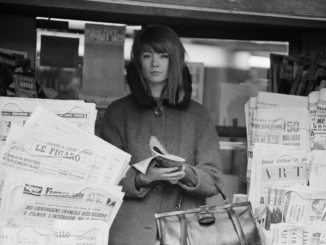

Be the first to comment